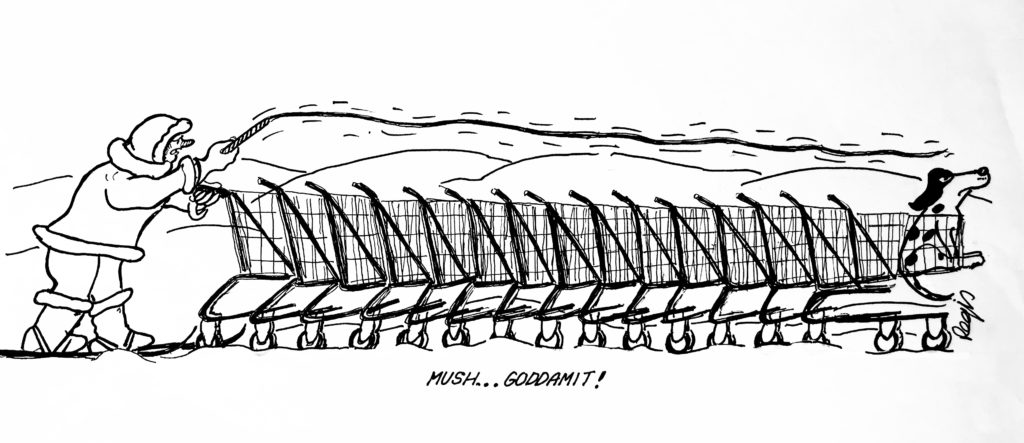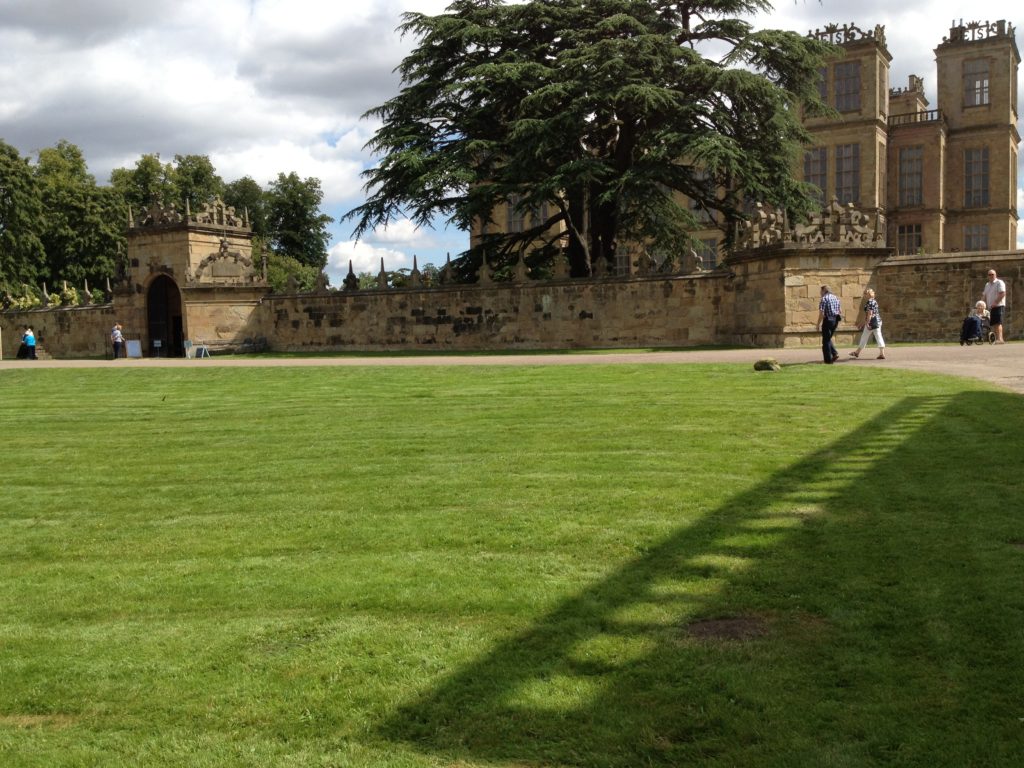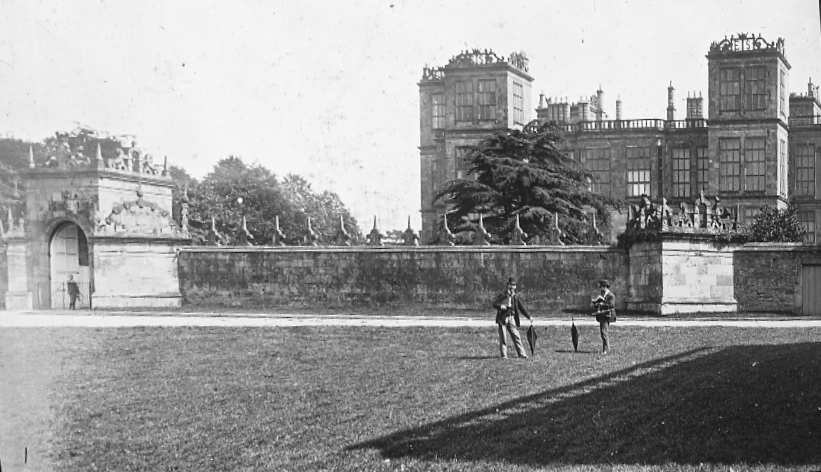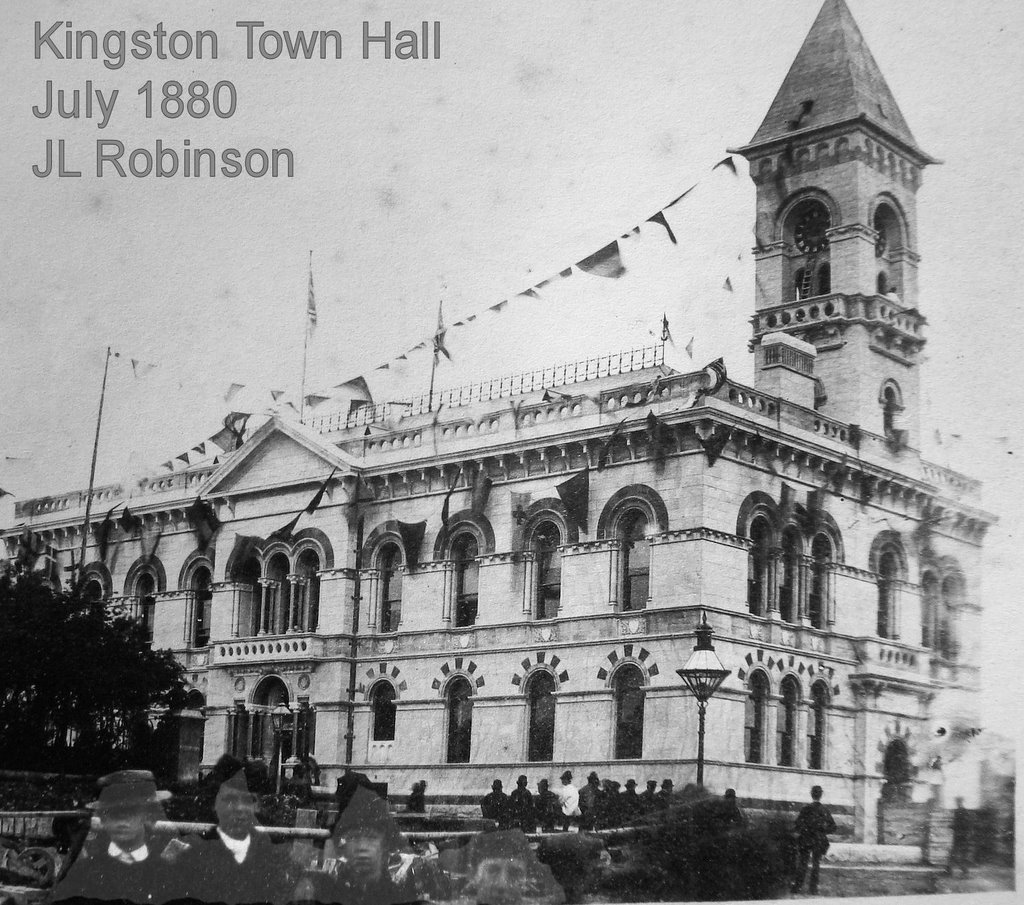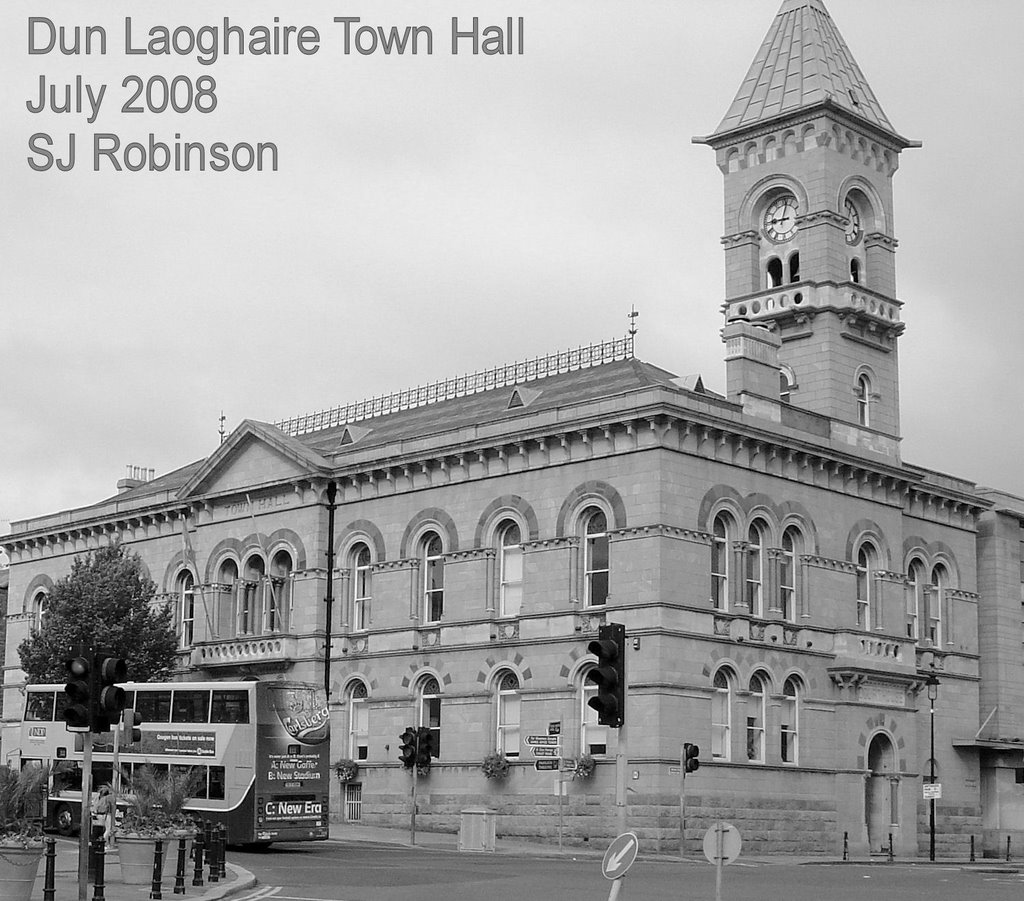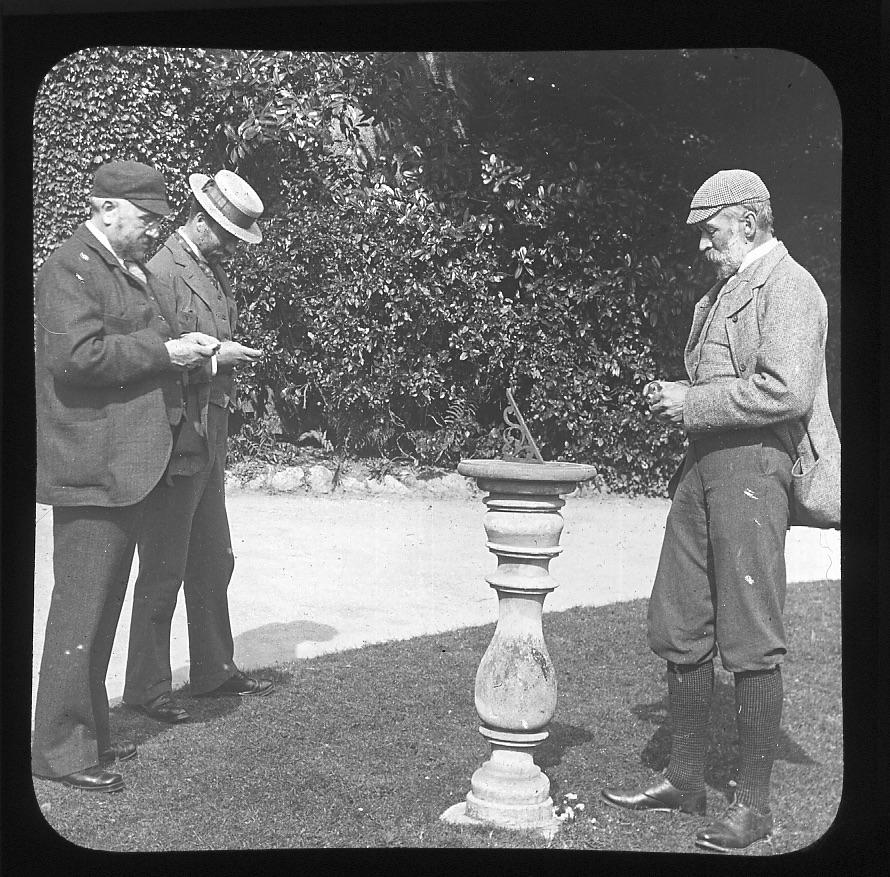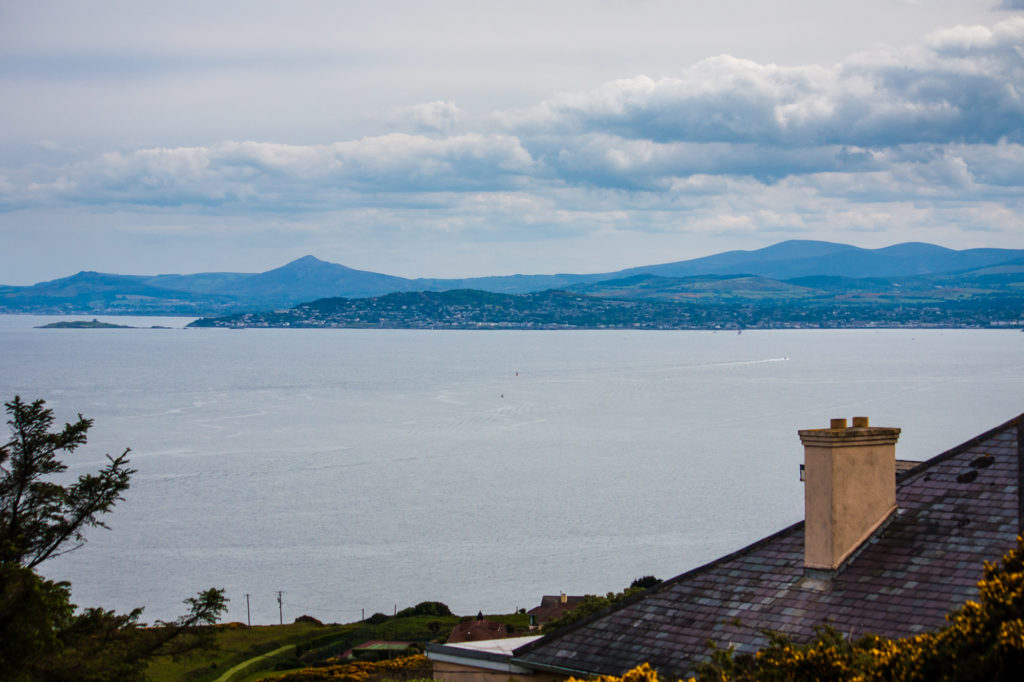I stumbled over a few cartes-de-visite recently without realising what they were. I hadn’t realised that Parisians and Victorians (and the rest of the world) exchanged photographic portraits as calling cards.
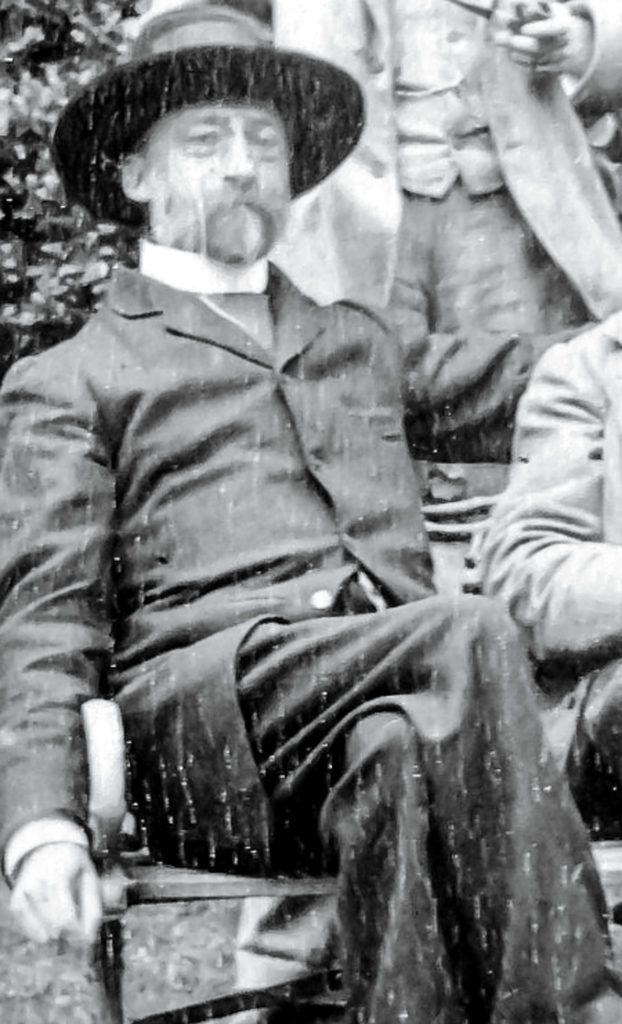
John Loftus Robinson in Wells
with thanks to RSAI and AASchool.

